Learning and practicing can only get you so far in photography without the right direction. That is why you need to learn a few extra tricks that can help you get the perfect photos.
There are a lot of things that a photographer has to know. Starting from simple concepts like those of golden ratio, color histograms, etc., you will need to get better through experimentation based on trial and error. 1kCreatives has ideas on the best cameras and lenses for landscape photography, as well as tutorials to help you get started.
Before you scroll below and get to the details of the advanced photography gimmicks that we’ll discuss, know that you’ll require the right equipment, patience, and determination to become better. There are various fields of photography that each have their own peculiarities.
So, let’s take a look at some of these fields and their distinctions:
Landscape Photography
Have you ever come across a photo of a majestic waterfall and the water looks peculiarly white and fluffy? Or perhaps maybe an image of a street at the time of night and the cars get replaced by streaks and streams of light?
This is achieved through long exposure. The technique of long exposure has become increasingly popular, especially for landscape photography.

Photo by Michael McNulty on Unsplash
To start with, make sure that you study the weather carefully before you think about going for your photography adventure. One of the things that people don’t factor into their considerations is that it’s not always going to last. Whether it’s raining outside or cloudy, you can’t rely on the weather to stay that way. Regardless, you want it long enough for your camera to get everything.
Another thing to add to your list of essentials here is a tripod. You can’t possibly keep the angle stable yourself for the required amount of time. Composing the image and locking the focus will warrant special attention. You will need to half-press the shutter button to lock in focus. Once it’s in place, you can push the level from Auto to Manual. This is when you set the exposure of the camera to the optimum magnitude. Keep in mind that these will be different values for different light settings.
Try taking test shots to see if you’re getting the right image. Add a Neutral Density filter that is not too strong to cause a complete blackout. However, even if you’re not able to see anything from the viewfinder, you’ll be getting properly exposed photos.
Night Photography
Night photography promptly tackles an immense issue that you stand up to continually in photography. That issue is being confronted with customary scenes that simply aren’t extremely intriguing. On the off chance that you snap a photo of a structure or a standard road scene during the day, it very well may be somewhat dull. We are completely used to seeing shots taken in the day. That equivalent scene – took shots around evening time – can be a truly intriguing photo, however.
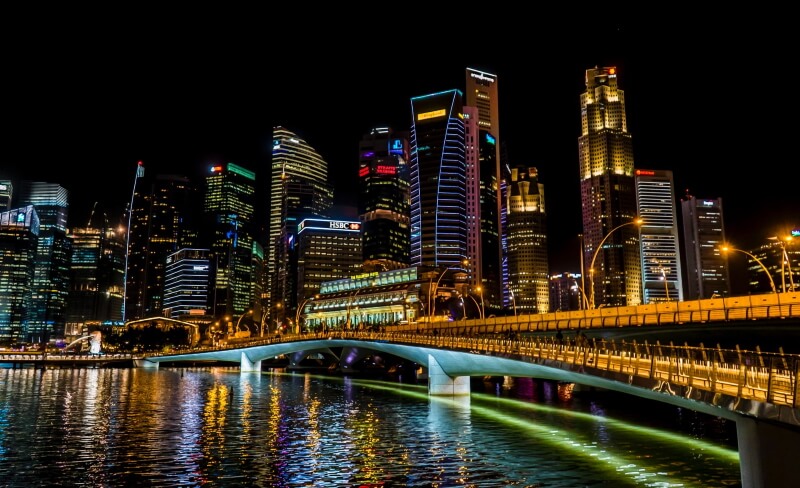
Photo by Pierpaolo Lanfrancotti on Unsplash
The real taking of pictures around evening time may appear to be somewhat similar to sorcery on the off chance that perhaps you are simply only getting started. Indeed, even the individuals who have been shooting some time may think about how to get an appropriate openness and center in obscurity. Despite the fact that shooting in obscurity surely has its difficulties, some, it is really simpler than photography during the day.
Other than your standard camera and focal point, the solitary thing you will totally require is the amount. The obscurity implies that your camera needs to utilize a long shade speed to assemble sufficient light for an appropriate openness. Another supportive thing for keeping the camera consistent is a distant screen discharge. Around evening time, you will have splendid lights coming at you from various bearings –, for example, street lamps and neon lights. Utilizing a focal point hood will help downplay flares.
The long openings you take around evening time will deplete your camera battery at a disturbing rate. You may likewise be utilizing Live View, which channels them much quicker. So does chilly climate. Thusly, night photography consistently calls for spare batteries. Try not to take any risks here – a dead battery implies your night is finished.
Night photography happens whenever between sunset and daybreak. During this time, the scope of tones can differ. Night photography draws on a portion of similar standards of highly contrasting photography. For instance, a factor that may whenever have influenced the shading in your photograph may now change the differentiation.

Photo by Hakan Tahmaz from Pexels
Albeit the cutting-edge camera is incredible at self-adjusting, when it is dim, your camera will battle to concentrate effectively. To guarantee that your photograph is in the center, change to manual core interest. Turn your manual concentration to endlessness (the ∞ image on your focal point). Numerous DSLR cameras have a night mode which consequently sets a long screen speed and high ISO. Rather than utilizing the preset night mode on your camera, it is smarter to shoot in manual mode.
Three components influence openness. These are shade speed, gap, and ISO, and we utilize these distinctively around evening time.
So how would you uncover night photography?
The primary thing to do is to remove your camera from auto mode and set it to manual mode. In manual mode, you’ll have full command over these openness settings.
Low light conditions mean you’ll have to change your openness settings to remunerate to get the right openness. You may need to augment your gap, moderate your shade speed as well as raise your ISO. Even still, what is the best ISO for night photography? That relies upon the remainder of the settings. You may have to step several exam shots before you sort out the correct openness settings.
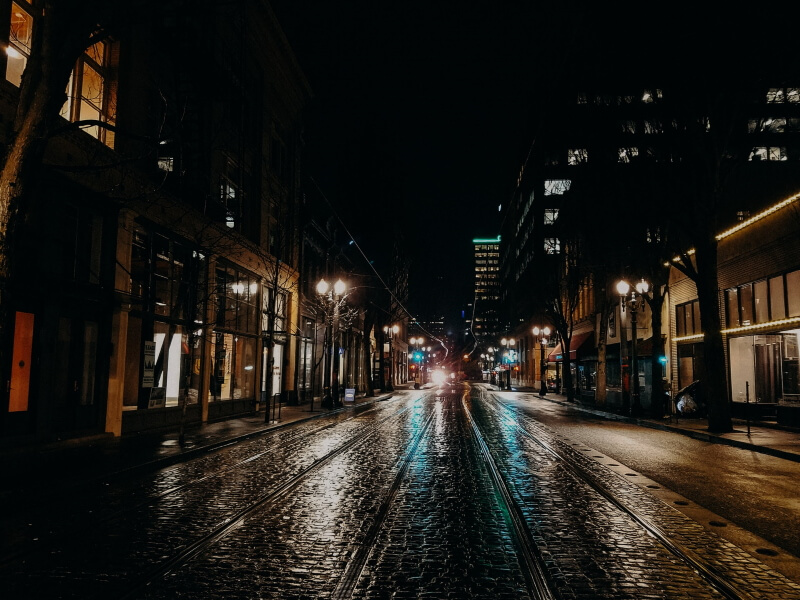
Photo by Dale Nibbe on Unsplash
Related posts
Where To Focus In Landscape Photography
Best Canon Lenses For Night Photography
The Best Low Light Point And Shoot Cameras
What Is The Best Camera For Night Photography?
Thanks for reading, I hope you enjoyed the article, in case you have any questions just drop them below & I will be happy to answer you.
The featured Photo by Hoover Tung on Unsplash
If you enjoy the site, don’t forget to subscribe, we will only inform you when a new article is posted.

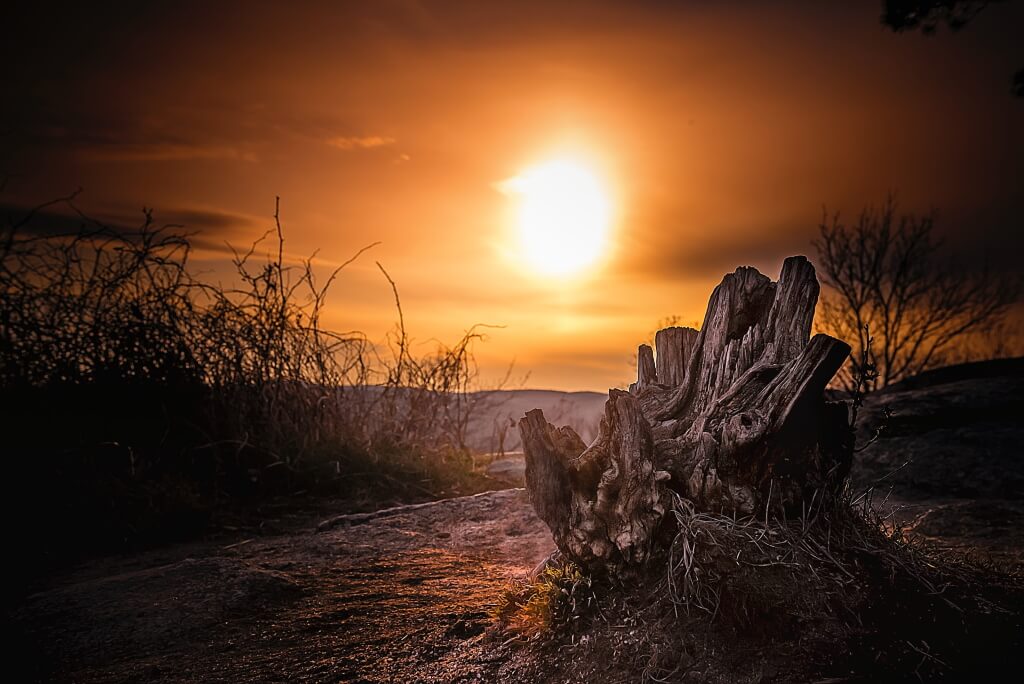




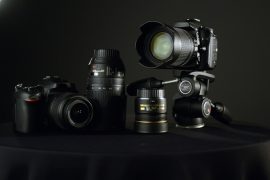

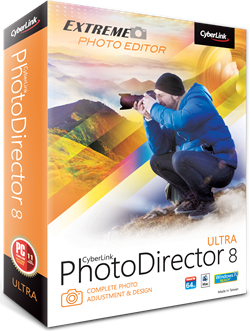
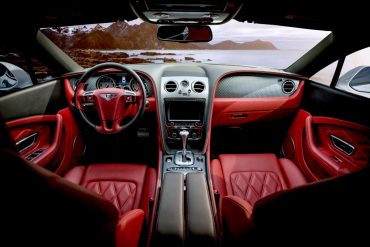
To be honest I’m not that good at taking photographs but I’ve always wanted to be great at it. I always wondered why other photos come out so beautiful and others not so much, even if they are in the same setting. I guess it’s the different techniques and skills I have to learn first and then master.
Investing in equipment for photos is definitely essential to getting a perfect image which means I also need to look at some equipment, that is of course after I have got the hang of taking shots.
I would say knowledge is power. Having an expensive photography equipment will not let you take good shots. Unless, you have deep knowledge about photography, how the camera works & composition rules etc. Thanks for dropping by!
Every time I visit your website, I learn something new about the different aspects of photography. I did not realize that I could use long exposure for landscape photos like waterfalls, so will experiment with that. I only once tried the long exposure at night time to catch lights, and had to place the camera on a low wall. So now I know that a tripod would be best.
Thanks for the tip on taking extra batteries for night time photography.
You are welcome! glad that you like the site & the article. I am a big fan on taking long exposure shots at daylight by using ND Filter. Thanks for your input!